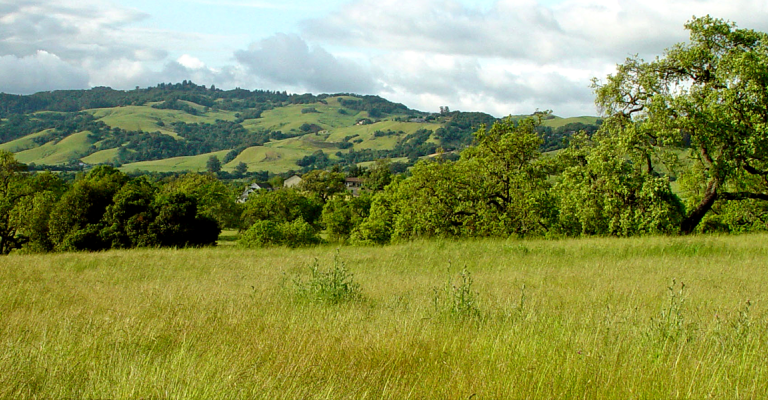Service-Learning in Anthropology
Service-learning activity usually falls into two categories
Type 1: Teaching/tutoring/sharing knowledge from the class.
Example: Anthropology students at the University of Pennsylvania in Philadelphia participated in a service-learning project as part of their Public Interest Anthropology (PIA) class and partnered with students at University City High School who were part of the World Culture Initiative (WCI) course. The university students worked as teaching assistants to “take students on trips to understand Philadelphia as a multicultural microcosm of the global community.” “This role helped the college students to develop an understanding of the daily issues facilitating or blocking learning.” Both the university and high school students wrote their ethnic autobiographies as a way to reflect on what it meant to be a “World Citizen.” In the end, “they were more knowledgeable about world issues and more tolerant of one another than they had been at the start of the course.” As one university student reflected, “This project is helping me to understand my position in the struggle for understanding and social justice.” The high school students noticed a shift over the course class into one that “evolved into a more cosmopolitan, global point of view by the end of the year.” 2
Type 2: Using information from the class to do something with/for a community organization.
Example: An anthropology student at the University of South Florida in Tampa did a service-learning project for her class Anthropology of Childhood in which she observed and interacted with young children living at the Moses House in Sulphur Springs, a “high-poverty neighborhood in Tampa, Florida.” Her primary focus was to study food insecurities and food deserts “perceptions of healthful foods held by children in Sulphur Springs.” While a large portion of the project was devoted to unstructured observations and interviews, the student also had the opportunity to educate the children about more healthful choices. The student reflected, “I believe we have to start questioning why our public school system is not already providing better food options—or, indeed, whether the political will exists to change school policy so that schools are required to provide more healthful food options.” She found that she learned a lot from the children too and that “a community-based service-learning experience can offer not only the chance to explore theoretical frameworks and methodology but also to learn from the people one works with and to at least attempt to see things from their perspective.” 3
Please contact [email protected] for more information.
1 Keene, Aruther S., and Sumi Colligan. "Service-Learning and Anthropology." Michigan Journal of Community Service-Learning Vol.10 No.3. Summer 2004. Print.
2 Sanday, P., Janowitz, K. “Public Interest Anthropology: A Boasian Service-Learning Initiative.” Michigan Journal of Community Service Learning Vol. 10, No. 3 (2004): 64-75. Print.
3 Gonzalez, P. "Seeing Social Problems through the Eyes of Community Members: Reflections on Community-Based Service Learning at Moses House." The University of South Florida. 2012. Print.


